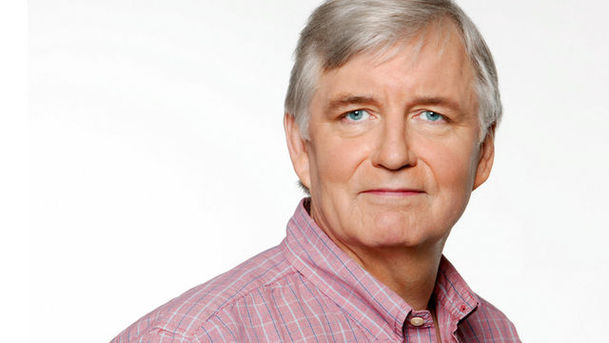Leading Edge - 17/09/2009

Geoff Watts talks to anthropologist Prof Tim Ingold, who has lived with reindeer herders in Lapland, and is now working with artists and designers to discover how to live truly sustainable lives. According to Ingold, design can change our relationship with our environment. Central to understanding that relationship, he says, is anthropology. He lived for several years with reindeer herders in Lapland, studying their relationship with animals and nature. Fascinated by how people make their place in their environment, he then worked with artists, architects and even hillwalkers to study how they learned through their daily activities, improvising along the way. This led to his rather curious latest passion, lines - the lines we draw, the paths we walk, the threads we weave, and even the storylines we tell. Ingold has just launched a new project in Glasgow called Designing Environments for Life. This brings together anthropologists, architects, artists and designers to bridge the gap between our familiar everyday environments and the abstract 'environment' of government-speak and global warming messages. If they can convince us that they are one and the same, we might manage a more sustainable life. Joining Geoff in the studio is another person who is passionate about the design and anthropology of the urban environment. Prof Gloria Laycock is director of the Jill Dando Institute of Crime Science at UCL, where she is concerned not so much with solving crime but with preventing it in the first place. Through an understanding of human behaviour, she says, designers and architects can reduce crime and make the urban environment a safer place.